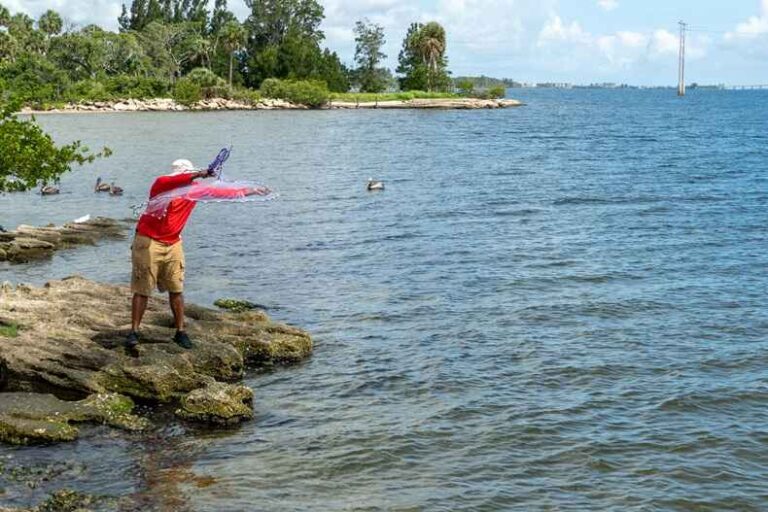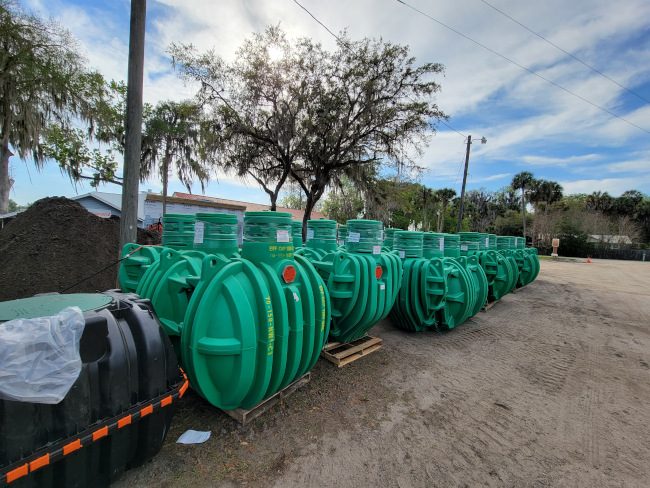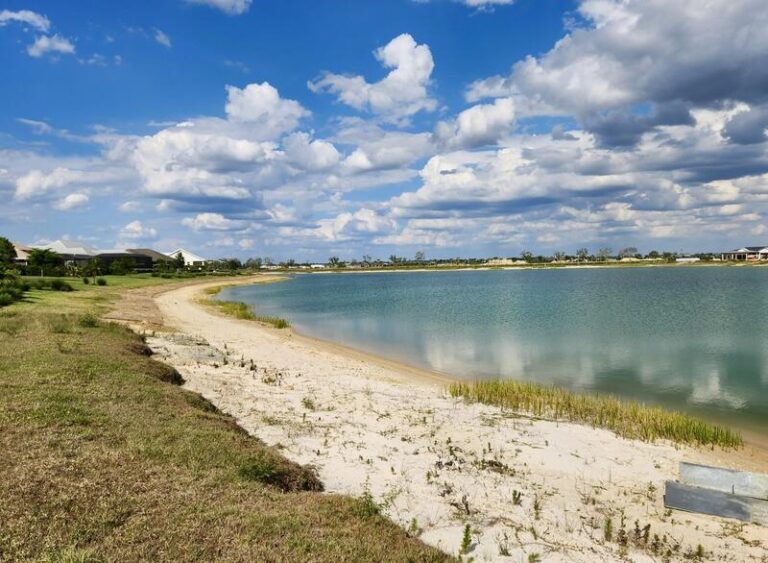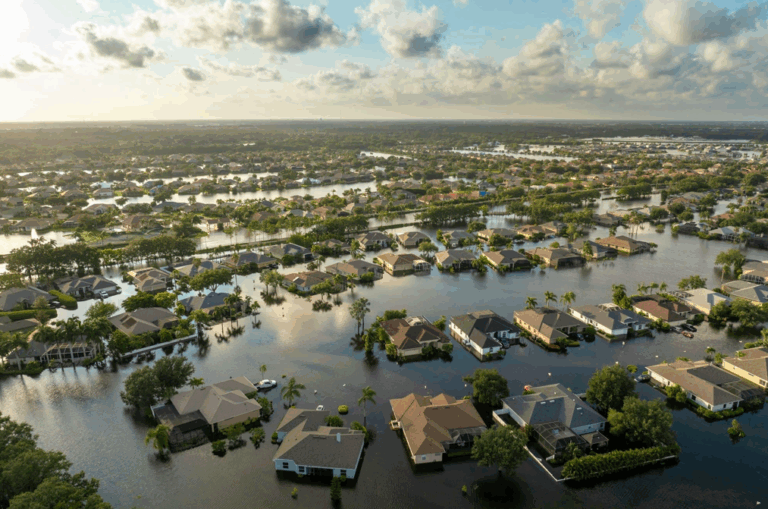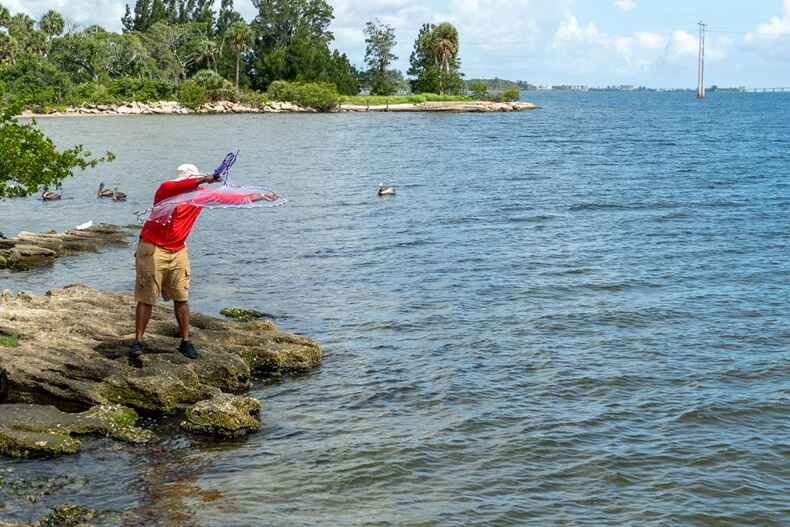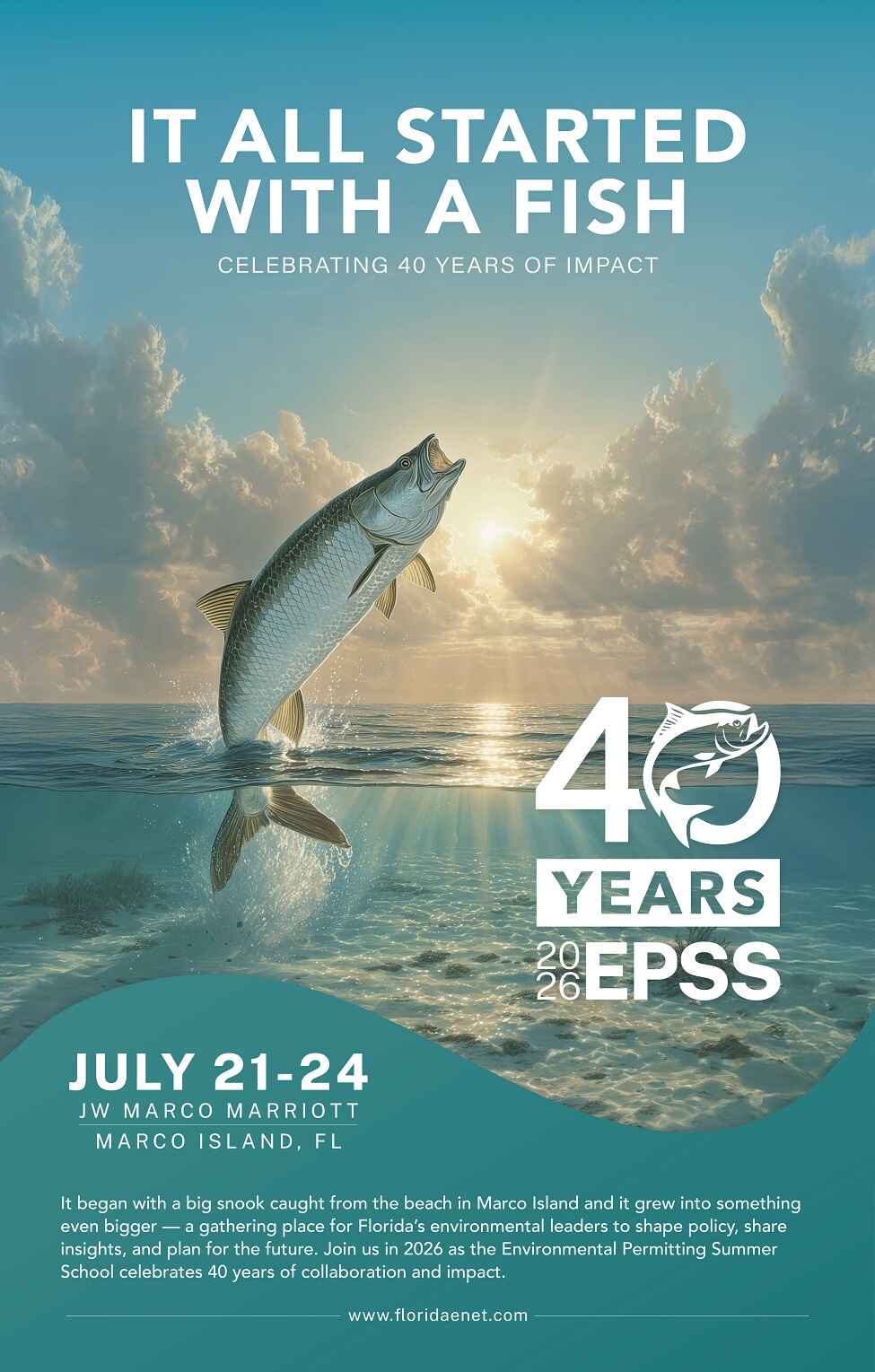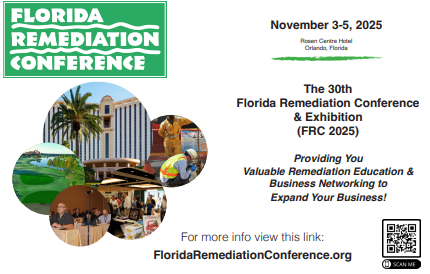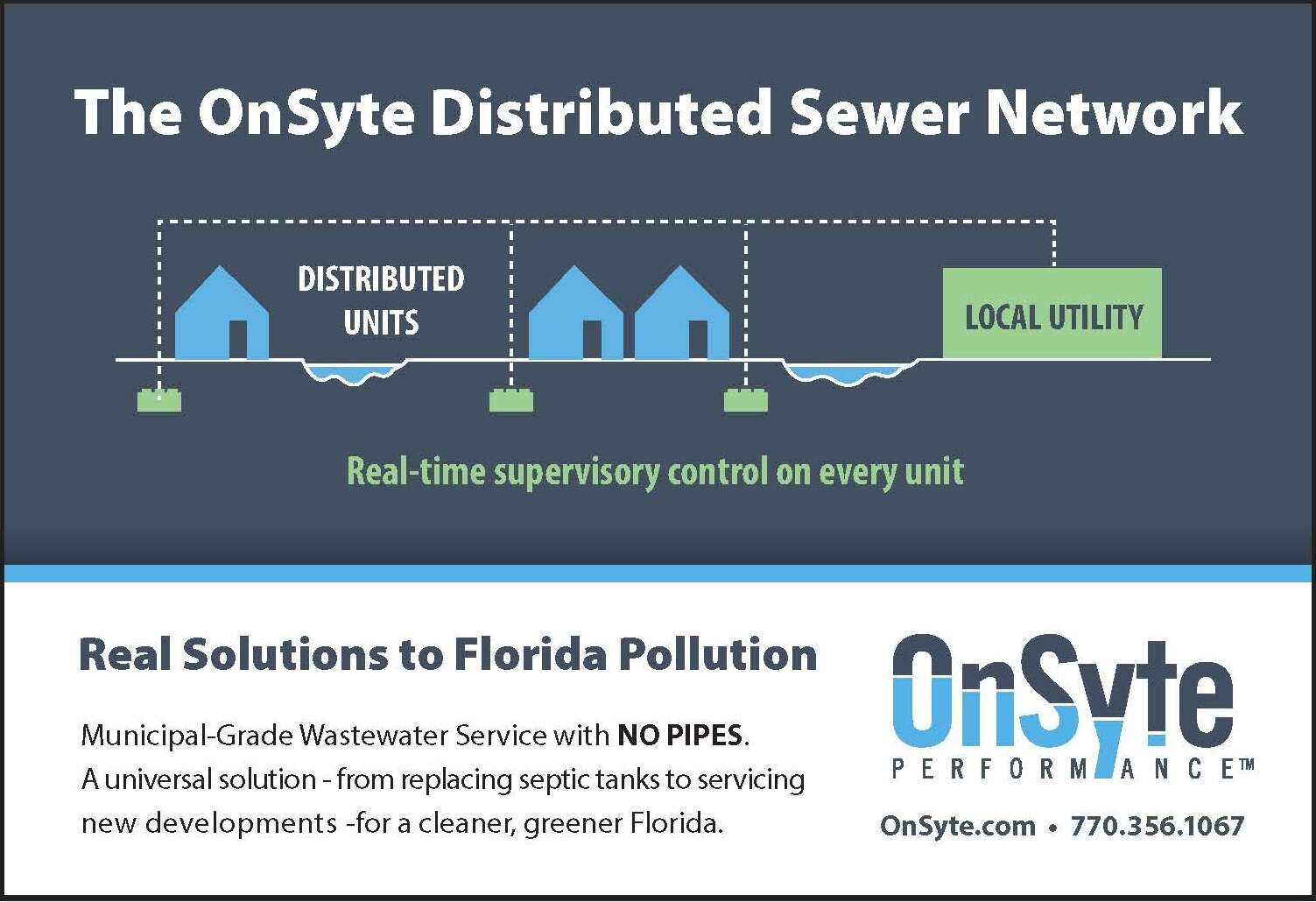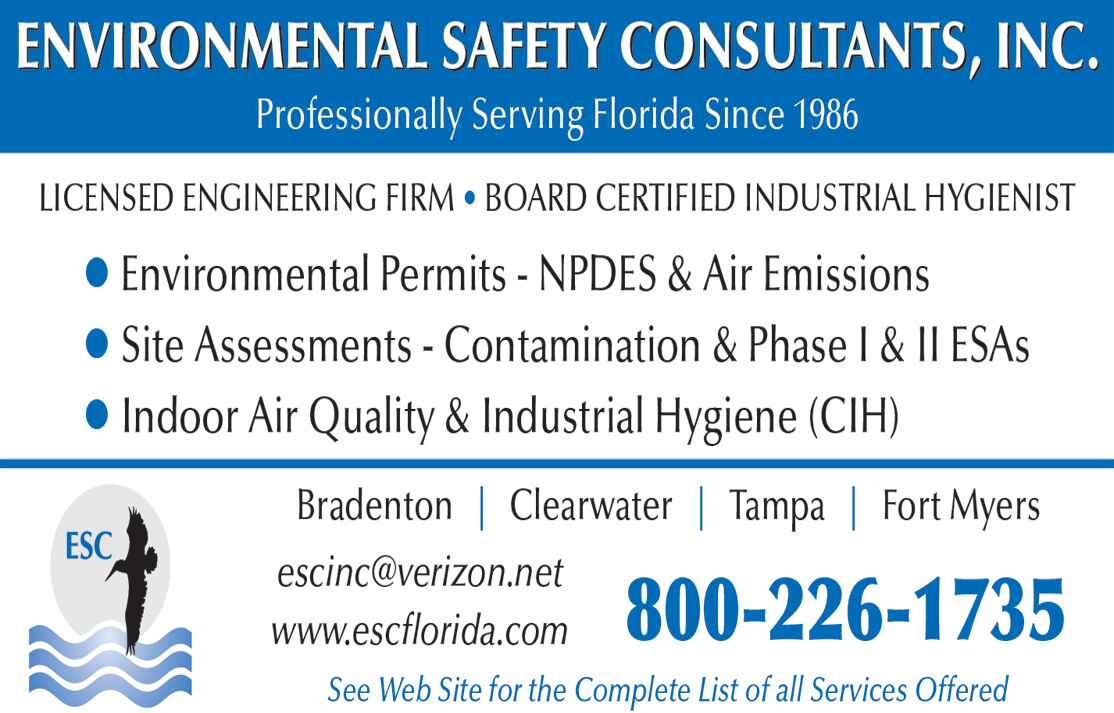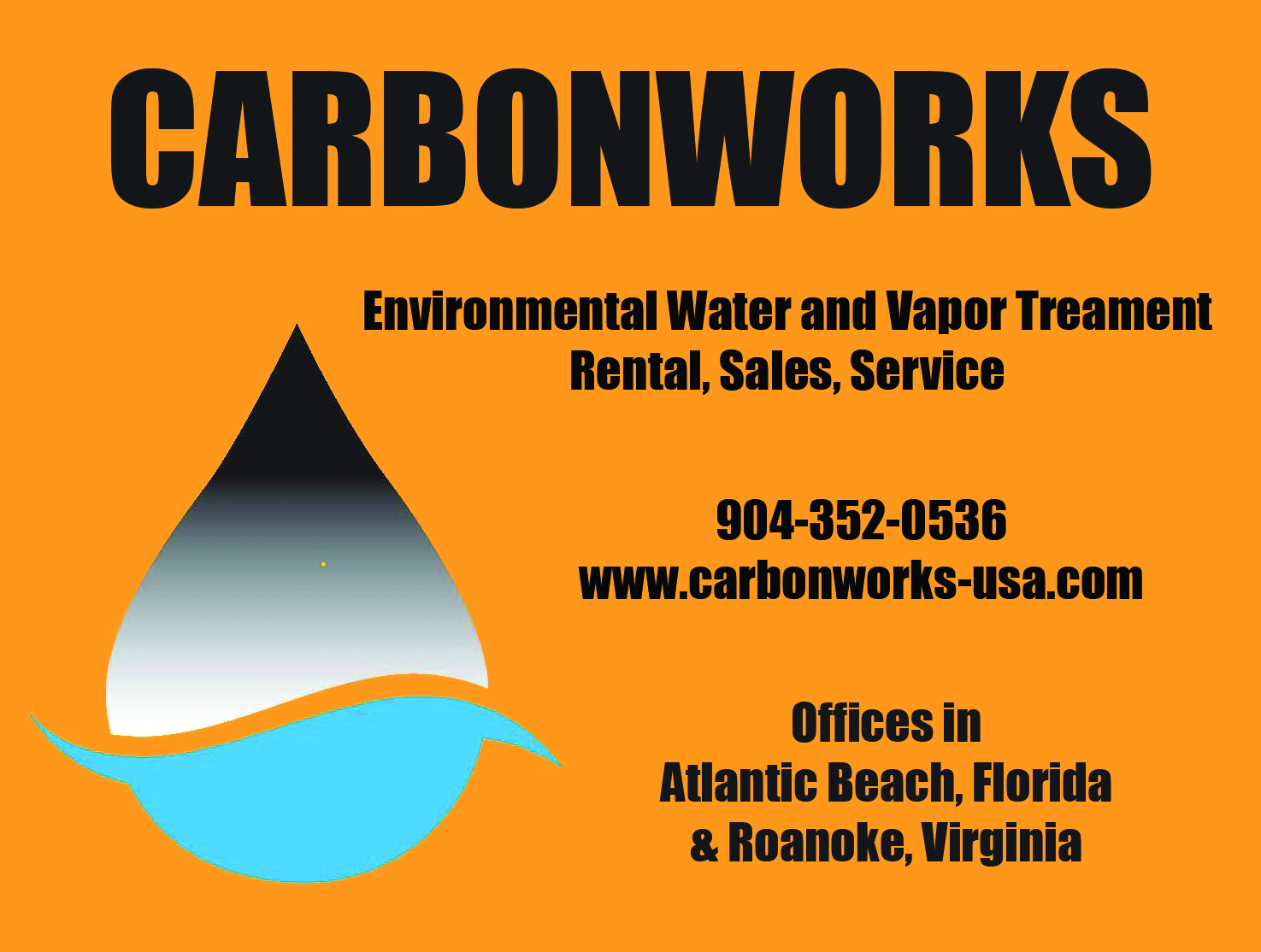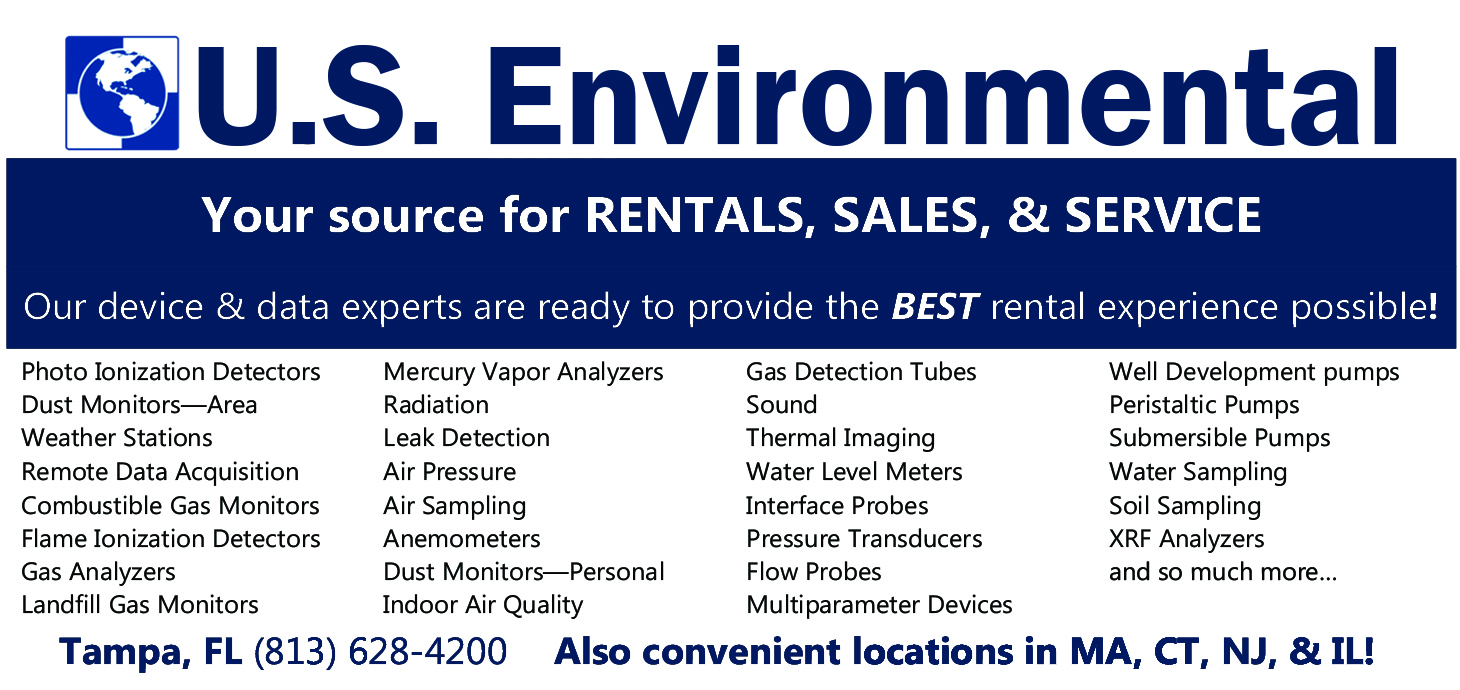
By STEVE RUPAR, PE
Florida’s water supply is facing a perfect storm of detrimental factors to its security, including increasing demands, expansive regulations, and the depletion of both skilled water experts and the resource itself.
Fresh groundwater withdrawals are at or approaching regulatory limits in many Florida communities, despite heavy rainfall and the State’s aquifers of potable water.
Building a secure water future will require both a comprehensive, statewide water management strategy and the full collaboration of regulators, industry leaders, water utility agencies and the consumers themselves.
Florida’s primary water supply threat is rapid population growth. According to the University of Florida’s Bureau of Economic and Business Research, the State’s population is estimated to increase from approximately 22.9 million in 2023 to between roughly 24.7 and 31.4 million in 2050, which is a spike of approximately 7.9 to 37.1 percent. This surge will significantly strain water resources.
Compounding this challenge is climate uncertainty. Rising temperatures are expected to increase water loss through evapotranspiration and raise irrigation demands. Sea level rise will likely accelerate saltwater intrusion into coastal aquifers, while drier conditions may reduce aquifer recharge.
These pressures are further intensified by the need to keep water rates low and the looming retirement of experienced professionals in both water resource management and regulatory agencies.
Alternative water sources are crucial for avoiding future water shortages. Two such possibilities are direct potable reuse (DPR) and desalination.
DPR is the process of treating wastewater to drinkable standards, then supplying it directly into the drinking water distribution system. Use of DPR as a drinking water source may defer, reduce or eliminate the need for new reservoir or groundwater aquifer supplies.
Through the other option, desalination, plants remove salt and other minerals from ocean water, using reverse osmosis or thermal distillation to make the water suitable for drinking and irrigation. While typically more expensive than DPR in the short term, desalination offers a more effective, long-term solution to provide a consistent supply of drinking water across the State.
In addition to constructing new options such as DPR and desalination, utilities can also mitigate water loss by directly addressing leakage in their distribution systems. One of the best practices for managing leakage is dividing water systems into small, discrete pressure zones called “district metered areas.” These areas are monitored and are typically sized so that a leakage crew can cover an area in just one day.
Any comprehensive plan to strengthen Florida’s water supply should consider educational resources, and not just for consumers. Small- to medium-sized utilities often need to rely on additional support to access federal programs that can assist with funding for programs to control water loss as well as for new alternative sources of supply.
Water has not historically been valued comprehensively or appropriately. It’s more often treated as a given — out of sight, out of mind — until there’s a problem. And that’s where we are in Florida. We have the opportunity to strengthen water reliability in the State, and all parties involved need to understand the best practices to achieve this.
We can’t keep these problems buried. Instead, let’s bring them out, find solutions and move forward.
Steve Rupar is a senior vice president and eastern U.S. drinking water practice leader for WSP In his role, Rupar develops business strategies and delivers projects for clients throughout the East Coast.


